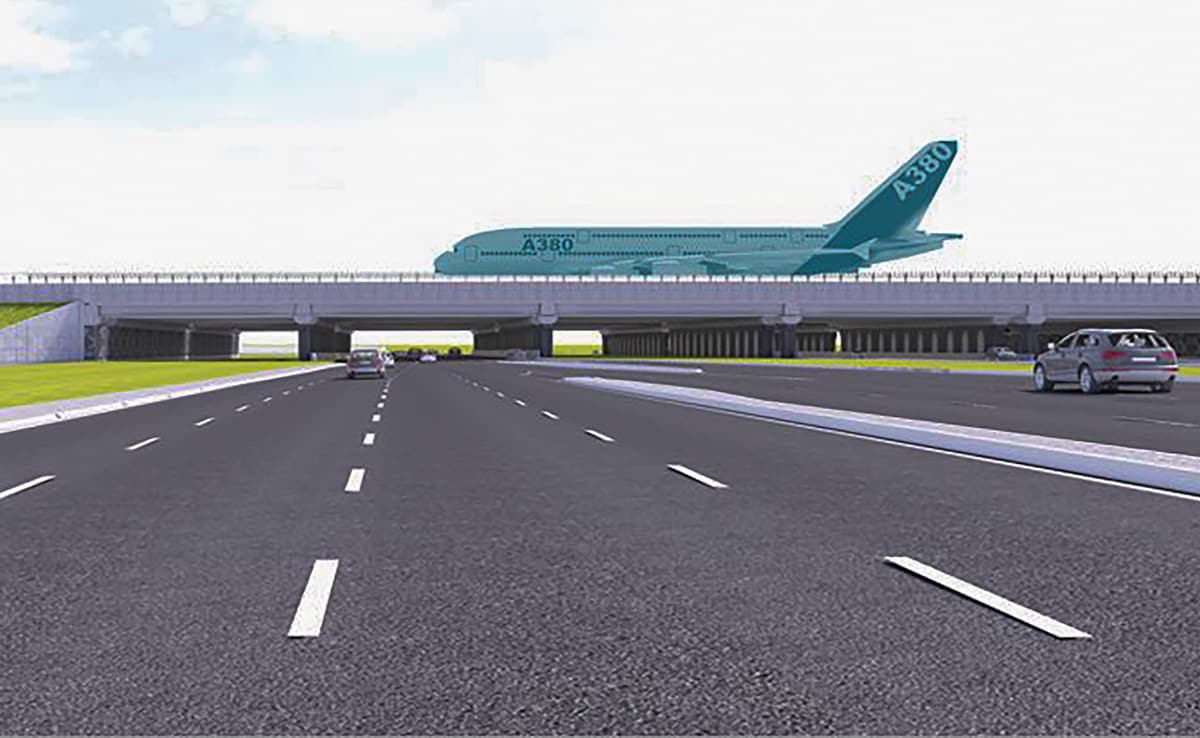Delhi’s IG airport is all set to get India’s first elevated cross taxiway on July 13 to enhance the traveling experience of international and domestic travelers.
The new taxiway called the Eastern Cross Taxiway (ECT), is a 2.1-kilometer-long, 202-meter-wide elevated structure that connects the northern and southern airfields of the airport. It will allow aircraft to taxi more quickly and efficiently, reducing waiting times for passengers and cutting down on carbon emissions.
The new runway, which is located in the southern airfield, is 4,430 meters long and 60 meters wide. It will be able to handle aircraft of all sizes, including the A380 and B777.
The ECT and the new runway are part of a ₹3,200 crore ($415 million) expansion project at Delhi Airport. The project is expected to be completed by 2025 and will make Delhi Airport one of the largest and most modern airports in India.
The ECT is expected to reduce the waiting time for passengers in an aircraft from 20-25 minutes to around 10 minutes. It will also reduce the distance an aircraft has to cover after landing on the third runway and going to Terminal 1 from 9 kilometers to 2 kilometers.
The inauguration of the ECT and the fourth runway will be done by Civil Aviation Minister Jyotiraditya Scindia on July 13.
Key points about the ECT:
- It is the first elevated taxiway in India.
- It can handle large aircraft, such as the A380 and B777.
- It is expected to reduce annual CO2 emissions by 55,000 tonnes.
- It is 2.1 kilometers long and 202 meters wide.
- It connects the northern and southern airfields on the eastern side of the airport.
The ECT is a significant milestone in the development of Delhi Airport. It will help to improve the efficiency and sustainability of the airport and will make it a more attractive destination for passengers and airlines alike.























